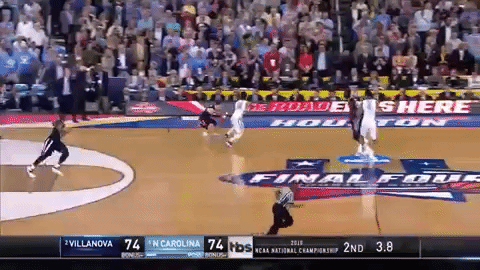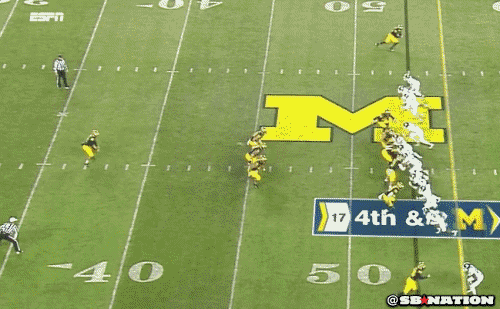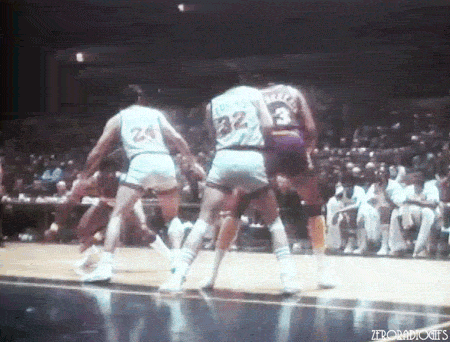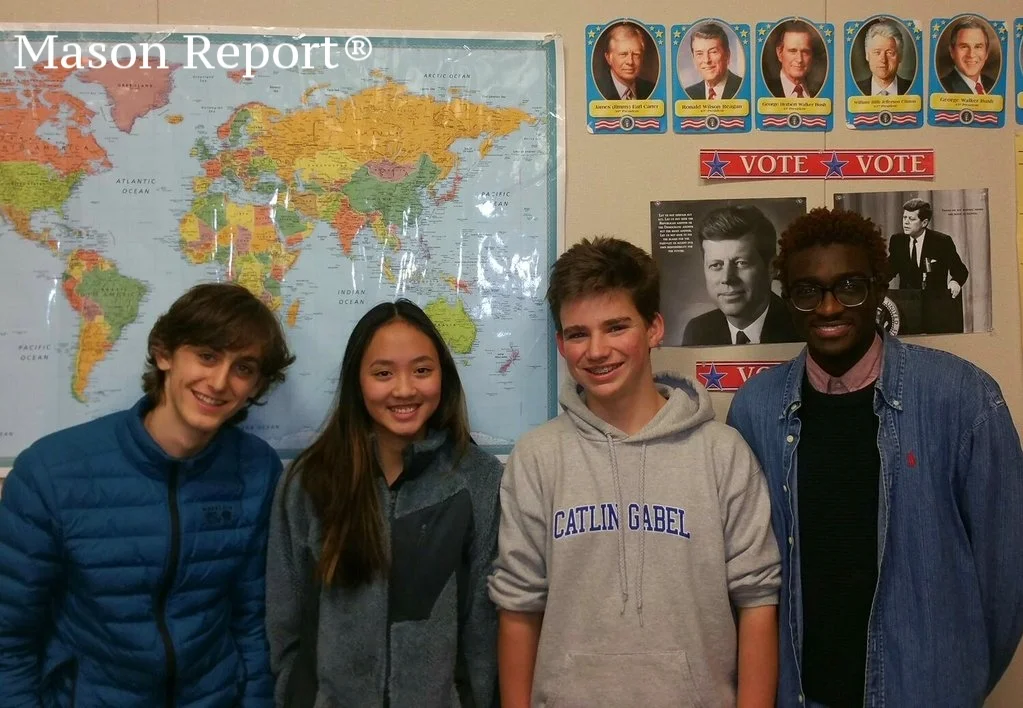Otis Boykin
Otis Frank Boykin 1920 - 1982
Before earning international acclaim for his inventing, Otis Boykin was a standout scholar. Boykin was the Valedictorian of his graduating class in 1938 at Booker T. Washington High School in Dallas, Texas. Boykin continued his studies with a scholarship to attend Fisk College in Nashville, Tennessee, where he worked alongside the Fisk Aerospace laboratory.
Boykin would later work as a lab assistant for Majestic Radio and TV Corporation. And after being discovered by an engineer named Dr. Denton Deere who owned his own experimental laboratory, Boykin was motivated to start his own company, Boykin-Fruth Inc. Boykin’s first patent was earned in 1959 for a wire precision resistor that allowed a designation of a precise amount of resistance for a specific purpose.
Boykin would earn a patent two years later for an electrical resistor that was inexpensive and easy to produce. The sturdiness of Boykin’s invention was highlighted by the U.S. description, claiming it could “withstand extreme accelerations and shocks and great temperature changes without danger of breakage of the fine resistance wire or other detrimental effects.” Countless electronic devices benefited from Boykin’s genius.
His resistors were groundbreaking and were used in televisions, IBM computers, even guided missiles, among other electronics. Boykin is best known for his contribution to medical science. He invented a control unit for the pacemaker (an implanted device that produces electrical shocks to the heart to maintain a healthy heart beat). Boykin’s pacemaker control unit increased the safety of its usage by allowing for more precise regulation, installation and management.
Cost of production for countless electronic devices significantly decreased thanks to Boykin’s invention. At the time of his death, Boykin had accumulated 26 patents for electronic devices.

























